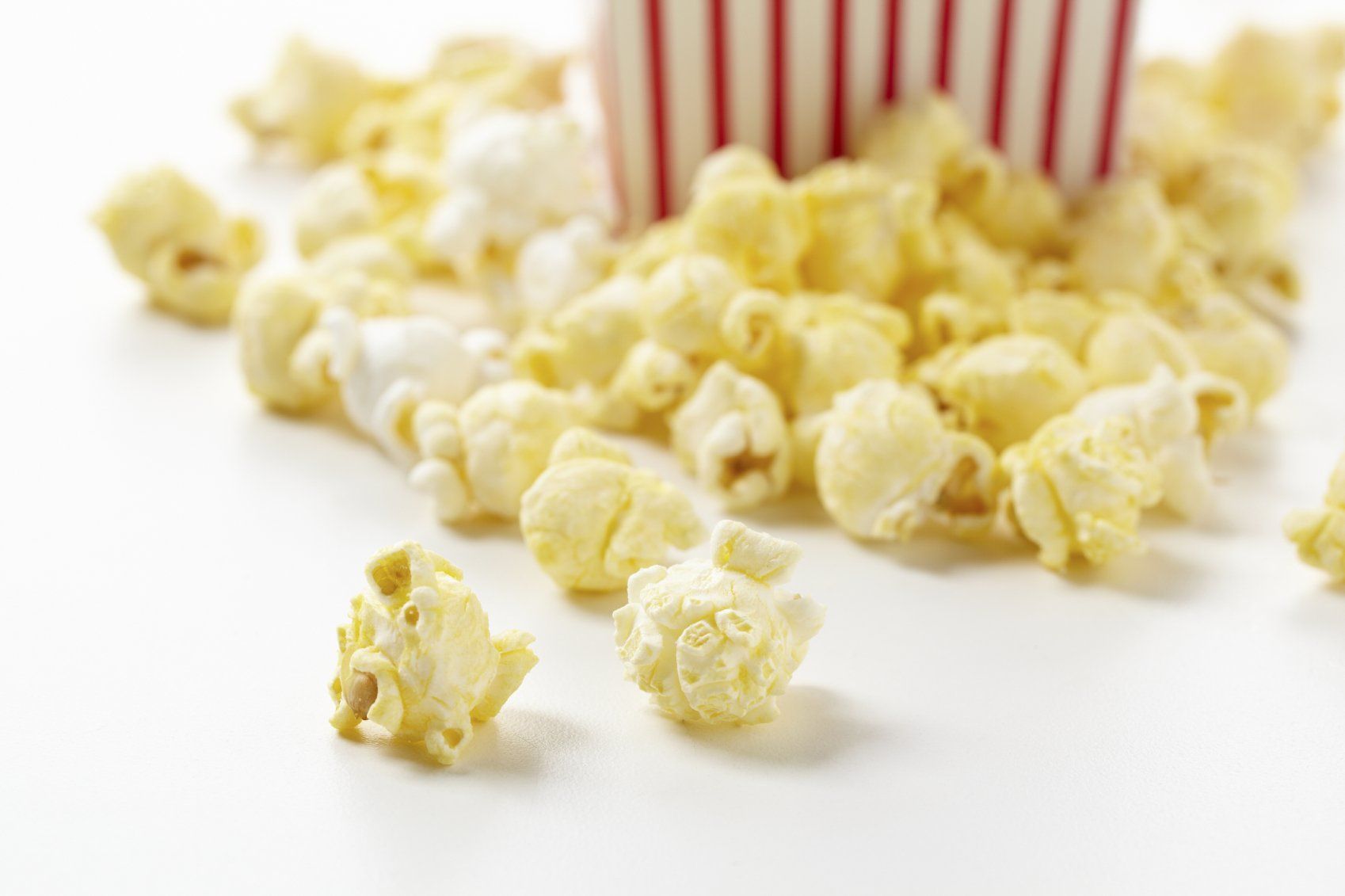Let's Talk About Dirt
Episode 04: Spark A Movement Podcast
Featuring Kayla Souza of the Little Lilac Preschool

In our latest podcast episode, we interviewed Kayla Souza, an educator who emphasizes outdoor play. Kayla discussed many of the benefits of spending time outside. Be sure to tune into the episode here! Today, we’re going to dive a little deeper into the science behind outdoor play and its affects on individuals.
4 Reasons Why We Should Love Dirt
1. Lowers Stress & Build Stronger Immune Systems
An Integrative Physiology Professor, Christopher Lowry, from the University of Colorado, found that dirt contains Mycobacterium vaccae, a bacteria that is linked to improvements in mood, lower rates of stress, and stronger immune systems. It also has long lasting anti-inflammatory effects on the brain. This means that spending time in direct contact with the dirt makes us relax and feel happier and healthier and who couldn’t use a little of that in this post-COVID world.
2. Double Dose of Joy
Our bodies produce things called neurotransmitters which are basically messages that are sent from our brain to our body to tell us what to do and how to feel. One of these messages is dopamine, which is also called the “feel-good” hormone. Dopamine is released during physical activity (this is what causes the “runner’s high”) and when you learn something new which is what gives you that sense of pride and accomplishment. Playing outside is the perfect combination of physical activity and learning opportunities to create a double dose of joy, making it even more fun and exciting.
3. Exercise Your Brain
Learning new skills is also an exercise for your brain. An article by Central Connecticut State University found that people who reported not learning skills often also had higher rates of boredom. While a little bit of boredom is necessary to spark creativity, people who reported being bored over long periods of time are also twice as likely to develop heart disease as people who reported minimal boredom. Learning new skills often has also been shown to slow the progression of Alzheimer's Disease. This means you need to get off the couch, put the computer away, and go play in the dirt a little bit. It’s good for your heart and your brain!
4. Reduce Your risk of Seasonal Affective Disorder
Fall has arrived in full force and Winter isn’t far behind. Seasonal Affective Disorder (SAD) is a condition that impacts over 10 million Americans a year. SAD is a mood disorder that occurs during Fall and Winter and is caused by decreased levels of melatonin and serotonin which alters people’s sleep patterns and emotions, leading to feelings of depression and fatigue. SAD is thought to be caused by prolonged time spent indoors and decreased sun exposure and is treated with Bright Light Therapy which uses special lamps to mimic the natural effects of sunshine because sun exposure also increases dopamine levels.
Key Takeaways
Spending time playing outside in the dirt and the sunshine gives us so many physiological, mental, and emotional benefits, but it also provides the opportunity to learn real skills in the real world.
In our podcast episode “The Benefits of Outdoor Play and Child Development,” Kayla talks about how she teaches her preschool class fine motor skills like using scissors while cutting flowers. What better way to learn how to use scissors than by using them for such a real world application. She also gives us great tips on how to bring indoor activities outside and how to get your tech-loving kid to start being comfortable with spending time outside.Taking kids outside can sometimes feel daunting, especially for families who may be living in apartments or condos, crowded neighborhoods, or in areas without a ton of green space, but everyone can still benefit from outdoor play. Whether that means potted plants on a terrace or going on an hour long hike in the woods. The benefits only require a little dirt, a little sunshine, and a little fresh air.
References:
- Bright-Light Therapy in the Treatment of Mood Disorders (karger.com)
- What Happens to Your Brain When You Learn a New Skill? - CCSU
- Study linking beneficial bacteria to mental health makes top 10 list for brain research | CU Boulder Today | University of Colorado Boulder
- Seasonal Affective Disorder Impacts 10 Million Americans | BU Today | Boston University









